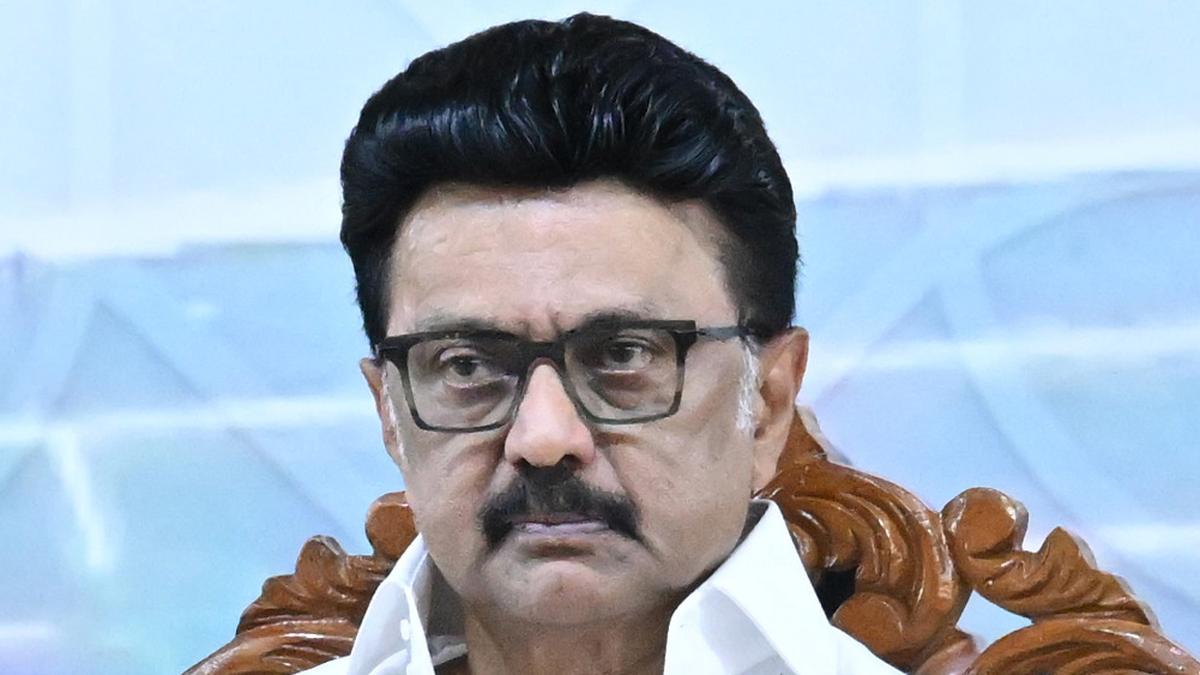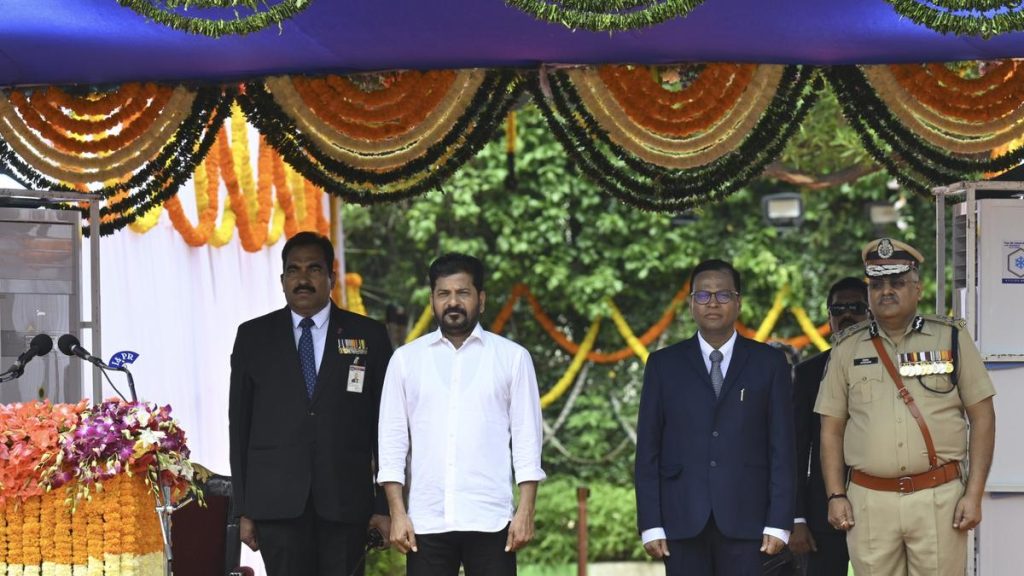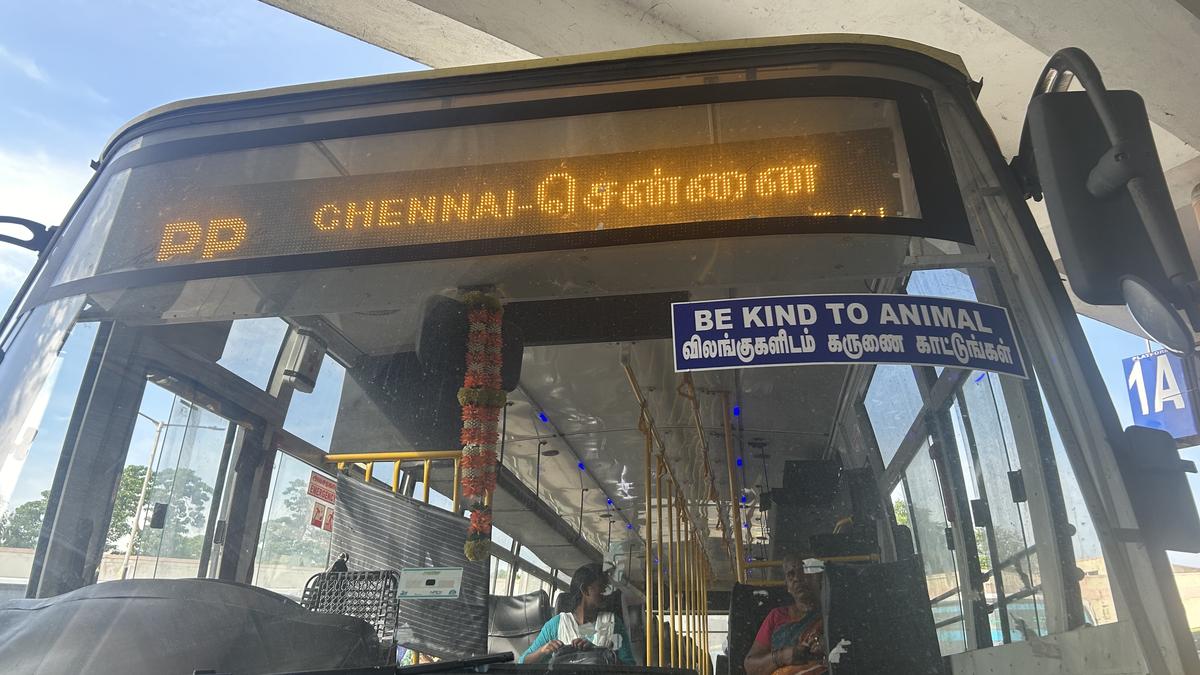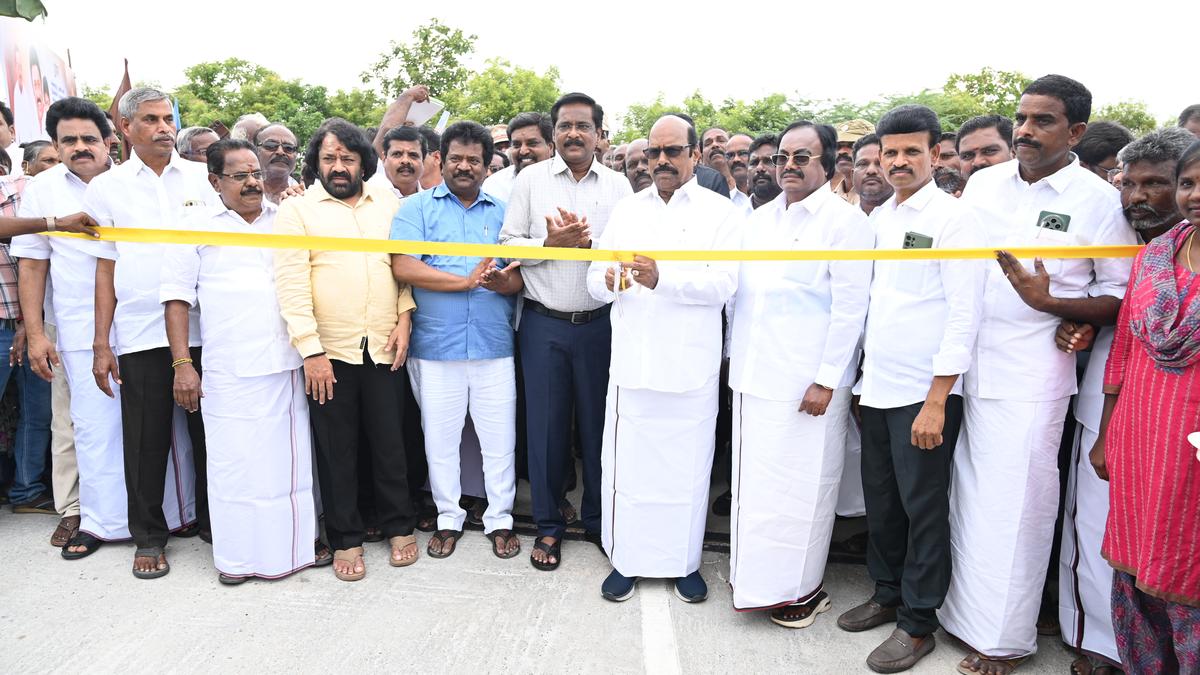Now Reading: Stalin Urges Centre to Address Fertilizer Shortage
-
01
Stalin Urges Centre to Address Fertilizer Shortage
Stalin Urges Centre to Address Fertilizer Shortage

Quick Summary
- Tamil Nadu Chief Minister M.K. Stalin flagged a shortage of fertilizers in the state and appealed to Prime Minister Narendra Modi for immediate supply and additional allocations.
- Tamil Nadu is one of India’s critically important paddy-producing states, prioritizing agricultural productivity and farmer income enhancement.
- paddy cultivation during the kharif season (June 2025 onwards) witnessed higher coverage, with 5.66 lakh h.a.under paddy-10% more than last year’s coverage of 5.136 lakh h.a.
- Increased paddy cultivation due to favorable monsoon conditions has led to a sharp rise in demand for fertilizers such as Urea, DAP (Diammonium Phosphate), MOP (Muriate of Potash), and NPK Complex fertilizers.
- From april to August 2025, fertilizer manufacturers reportedly supplied onyl about 57% of allocated quantities needed by Tamil Nadu farmers.
- The Chief Minister requested specific shortfall quantities:
– Urea: 27,823 MT
– DAP: 15,831 MT
– MOP: 12,422 MT
– NPK Complex Fertilizers: 98,623 MT.
- Further requests include an additional allocation for September:
– Urea: 40,000 MT
– DAP: 20,000 MT
– MOP: 20,000 MT
– NPK Complex Fertilizers: 40,000 MT.
Indian Opinion Analysis
Chief Minister Stalin’s appeal highlights both the urgent need to address fertilizer shortages and the broader challenges facing India’s agriculture sector amid increased crop production demands due to favorable weather conditions such as early monsoons. Tamil Nadu’s proactive efforts in implementing region-specific agricultural programs demonstrate a strategic approach toward increasing paddy productivity; however insufficient fertilizer supplies jeopardize these gains.
The situation underlines two critical points for India:
- National Supply Chain Issues – With reported gaps between allocated resources and actual supplies from manufacturers (57% delivery rate), this raises concerns about systemic inefficiencies potentially impacting other states during peak farming seasons like Kharif or Rabi.
- Farmer Impacts – Any delay or shortage in fertilization directly risks reducing yields and incomes at a time when farmers are working under optimal weather conditions.
For policymakers at both state and central levels, addressing logistical bottlenecks in fertilizer distribution should be prioritized alongside broader reforms ensuring timely input supplies aligned with evolving agricultural patterns across regions like Tamil Nadu.
























